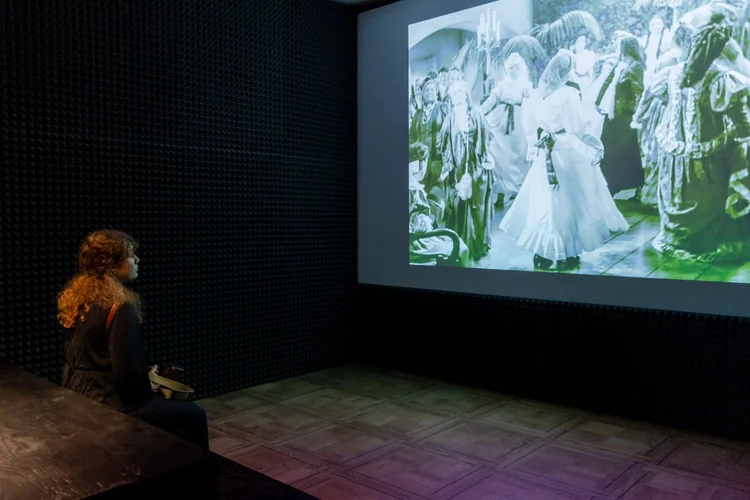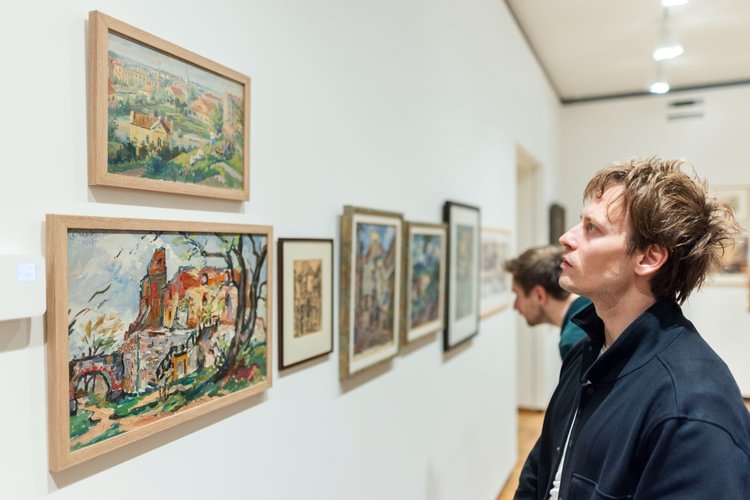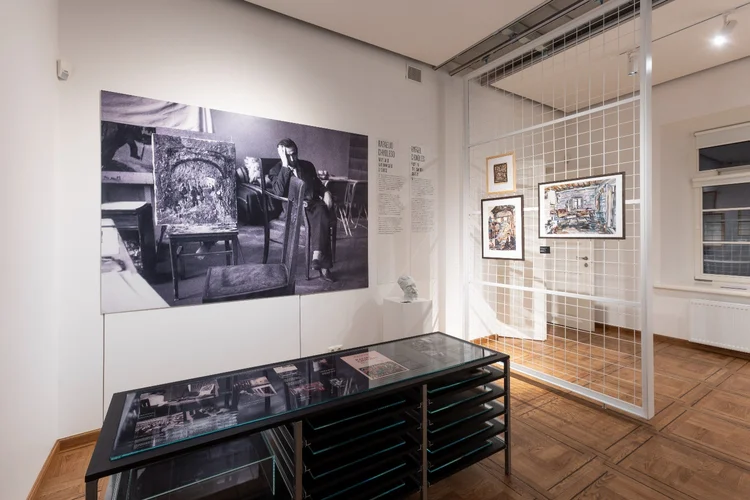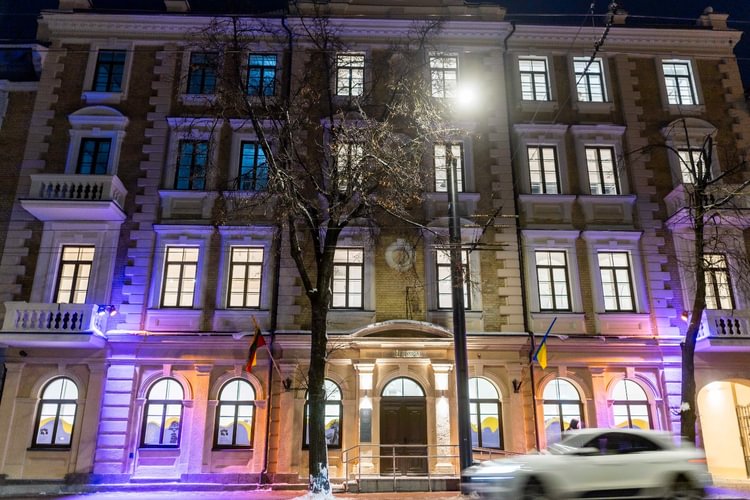From Bagels to Nobel Prize: Vilnius Embraces Litvak Legacy
The Museum of Culture and Identity of Lithuanian Jews, also known as Litvak Museum, has recently opened in Vilnius. The new facility celebrates the rich historical and cultural heritage of Litvaks and their influences on modern societies.
March 19th, 2024. Jewish culture has been inseparable from Lithuanian life for centuries. From widely-recognized gastronomical legacy like bagels to composers featured in blockbuster movies, Litvaks — an ethnocultural group formed in the territory of the former Grand Duchy of Lithuania — made an impact on a global scene. Vilnius, the capital of Lithuania, has traces of the Litvak heritage preserved in its streets. In 2020 the city celebrated the Year of the Vilna Gaon and invited residents and visitors to unlock the secrets of the Litvak history on special routes.
In celebration of the Jewish heritage, the Museum of Culture and Identity of Lithuanian Jews, also known as the Litvak Museum, was opened in Vilnius at the beginning of the year. Located in the former building of the Hebrew Gymnasium Tarbut on Pylimo Street, the facility is the largest branch of the Vilna Gaon Museum of Jewish History. As the only museum of its kind in the country, it provides an extensive overview of the Lithuanian Jews’ history, culture, and customs, and the aspects of their daily life. The top floor of the building is dedicated to the Museum of Rafael Chwoles, a famous Jewish artist of the 20th century.
“The museum is a tribute to the Litvak contribution to local and global culture and highlights their historical endeavors. Through the immersive design of 17 exhibitions, visitors are welcome to uncover different aspects of the Jews’ lives in Lithuania throughout the centuries, like their history, Judaism, language, literature, music, and theatre, and learn about stories told by Litvaks themselves. At the same time, opening a museum of such scale brings attention to a more recent legacy of Litvaks who emigrated to foreign countries, and their long-lived influence on global communities,” Dr. Simonas Strelcovas, head of the Vilna Gaon Museum of Jewish History, said.
Global recognition of Litvak’s influence
Numerous Litvaks shaped local and global cultural, artistic, and scientific scenes through the times. Writer Romain Gary, a Vilnius native, carved a name for himself in the literary circles in France, becoming the only writer to receive the prestigious literary award Prix Goncourt twice. Scientist Aaron Klug, who spent his childhood in Vilnius’ region, went on to win the Nobel Prize in chemistry. Leonard Cohen, a Jewish-Canadian artist with Lithuanian roots, was a prominent creator of the 20th century — a singer, songwriter, poet, and novelist. Vilnius has immortalized the creator’s memory in a sculpture erected in the Old Town. Philip Glass, a prolific composer born to Jewish emigrants from Lithuania, has created operas, chamber music compositions, and many other musical works, as well as movie soundtracks, one of the most famous being the score of The Truman Show.
Not only have famous Litvaks left a lasting legacy on a global scale, but the Jewish gastronomical heritage has enriched food experiences around the world. For instance, although mainly popularized by New Yorkers, bagels, heavily associated with the Jewish culture, have actually originated in Vilnius’ region. A baked potato casserole kugel, a staple in Lithuanian households, is also traced back to Jews as it is a traditional holiday dish.
A part of the exposition also brings forward the linguistic ties of Lithuanians and Jews. It depicts how modern Hebrew, Yiddish, and Esperanto languages are rooted in the country’s regions where Litvaks resided.
The Museum of Culture and Identity of Lithuanian Jews welcomes visitors at Pylimo Str. 4A, the former Hebrew Gymnasium building.




